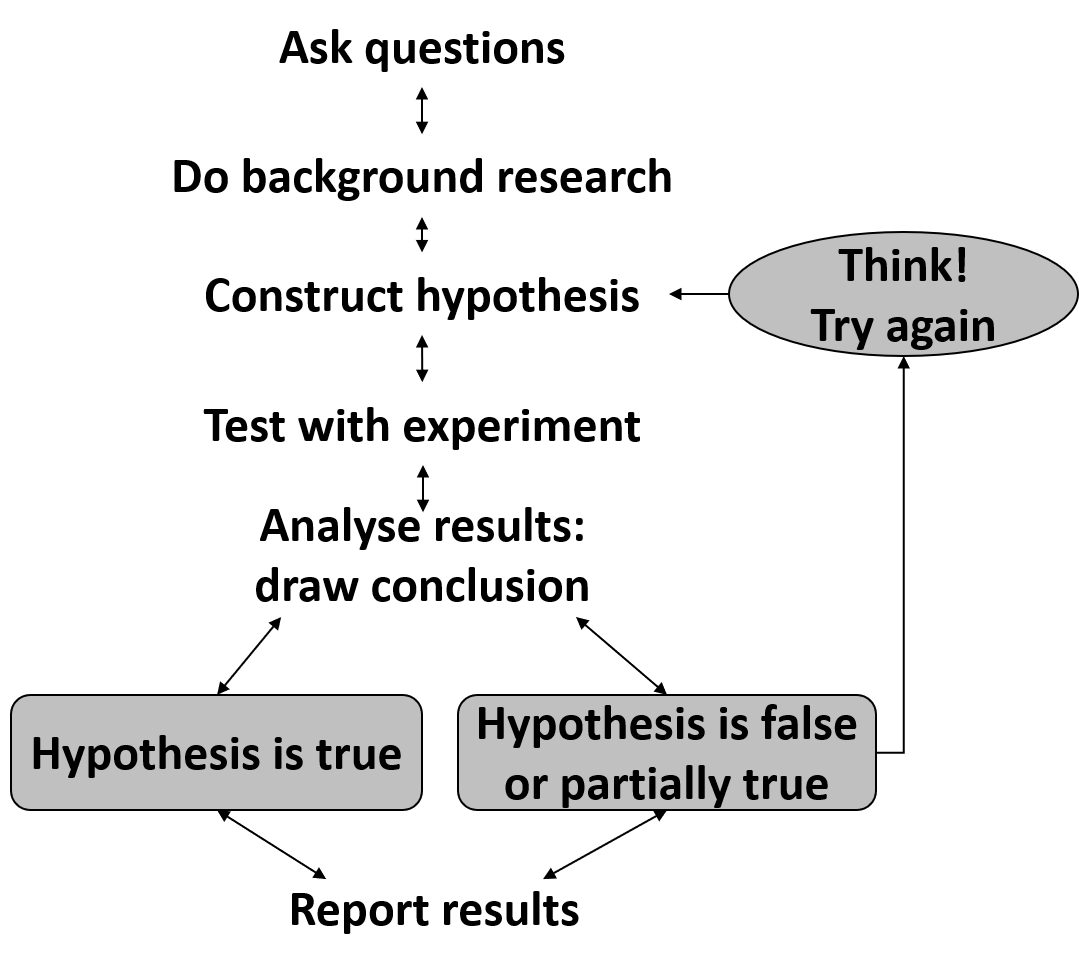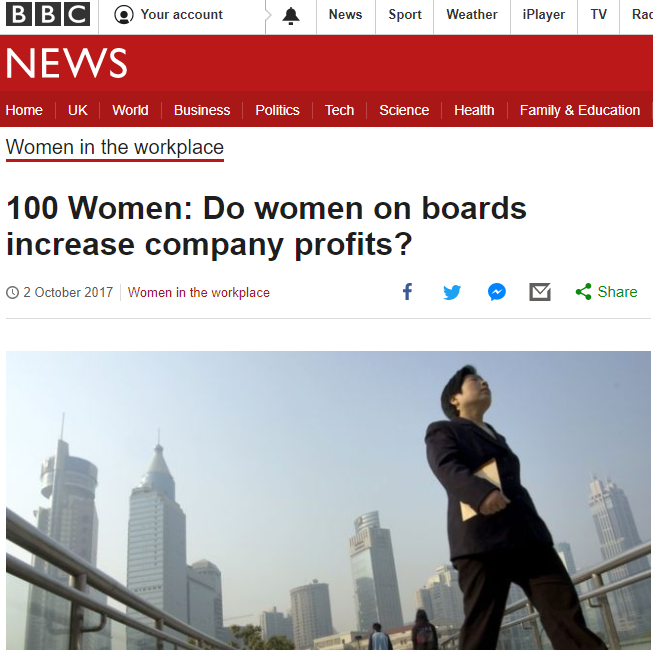Since the Maturity Institute’s (MI) inception in 2012 we have been blazing an evidence-based trail: taking progressive human governance and human capital management into the worlds of finance and investment with OMINDEX. We also set the highest global standards, based on the ultimate measure of Total Stakeholder Value (TSV). Yet our roots remain in our passion and dedication to the challenge of ensuring the world enables all of its human resources to create as much value as possible, for the greater good.
It is ironic, therefore, that we find the greatest resistance to our campaign of professionalisation comes from the HR profession itself. That is why MI is now demanding that CHROs step up to the plate or make way for the new breed of mature, evidence-based people managers that we are developing (who will not necessarily need any current HR qualification). One key step in that direction is for professional people managers to make a simple but conscious decision to apply the scientific method to their work.
 The scientific method is a proven, iterative, process for finding the best answers to some of the world’s most complex and intractable problems. It is usually associated with laboratories and controlled experiments but exactly the same methodology can easily be applied to matters of human behaviour and management in the workplace (for a fuller introduction to using the scientific method in an HR context please click here) and it always starts with a simple question.
The scientific method is a proven, iterative, process for finding the best answers to some of the world’s most complex and intractable problems. It is usually associated with laboratories and controlled experiments but exactly the same methodology can easily be applied to matters of human behaviour and management in the workplace (for a fuller introduction to using the scientific method in an HR context please click here) and it always starts with a simple question.
The BBC story above provides an excellent example of why introducing this discipline is so important. What was the original question that led some companies to adopt quotas for women on boards; one of ethics or profitability? Or both? Who knows? Rarely is the original objective or hypothesis stated as it applies to a particular context.
A mature, evidence-based, scientific question would always ask what is best for Total Stakeholder Value? On that score, MI has all the evidence it needs, from OMINDEX, that the predominantly male-dominated world of today is underperforming by a significant margin. We also know that simplistic, gender quotas are bound to fail in immature organizations.

Comments are closed